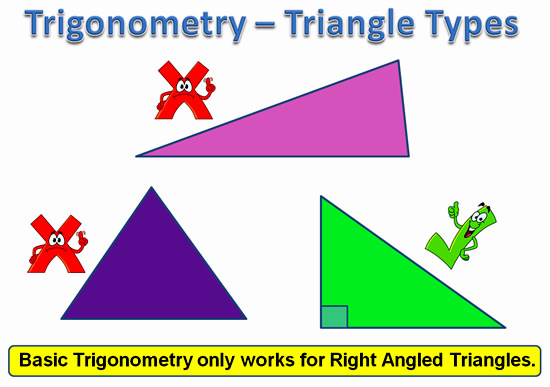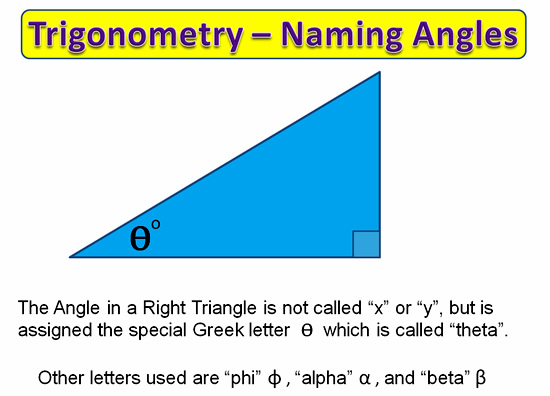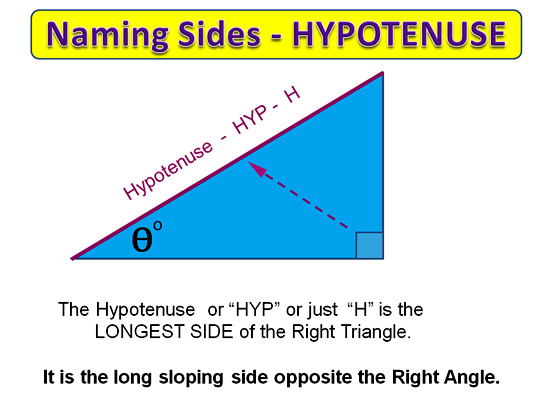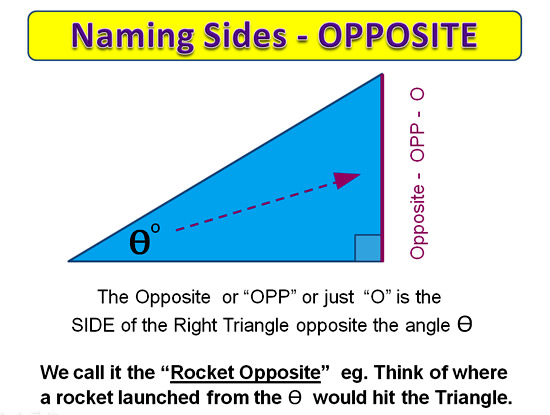
Image Source: http://tributehomes.com.au
Triangles are a key feature of the Architecture of Buildings.
Here is a building which contains many triangles.

Image Source: http://www.infoteli.com
The building is in Eindhove Holland and is called ‘De Blob’.
It forms the Admirant Building Entrance.
The Admirant Building is a concrete structure of five storeys, surrounded by the skin of the bubble.
The bubble is made almost entirely of thick glass, held in place by many triangles attached to a complex steel structure .
The Bubble also contains two tunnel entrances, which lead to an underground parking area for about 1,700 bikes.
Triangles are used a lot in Architecture, but not usually in such spectacular from as in ‘De Blob’.
The usual use for triangles involves creating frames which make buildings rigid and strong.

Image Source: http://www.blogger.com
“Trigonometry” is a branch of mathematics which deals with measuring the sides and angles in Right Angled Triangles.
Architects use Trigonometry to calculate structural load, roof slopes, ground surfaces and many other aspects, including sun shading and light.
Trigonometry allows architects to figure out measurements and angles so that their blueprints can be turned into real world structures from raw materials such as steel, wood, and concrete.
It is essential when designing a building to predetermine the geometrical patterns and how much material and labor will be required in order to erect the structure.
Thanks to Trigonometry, when the building is erected, it will be strong with accurate measurements and a budgeted dollar cost.
Definition of Trigonometry
The “Trigon” part of “Trigonometry” refers to a three sided geometrical shape, eg. a Triangle.
Trigon = 3 sides, Hexagon = 6 sides, Octagon = 8 sides, etc.
The “metry” part of “Trigonometry” refers to the activity of measuring.
So the word “Trigonometry” means measurements of the sides and angles in Triangles.
The full story on Trigonometry actually extends beyond Triangles:
Trigonometry is a branch of mathematics which deals with triangles, circles, waves and oscillations.
However, we will only be looking at Triangles in this particular lesson.
Trigonometry and Right Angled Triangles
The Trigonometry we will be covering in this lesson only applies to 90 degree Right Angled Triangles.

Image Copyright 2013 by Passy’s World of Mathematics
There is a standard way of labeling the angles and sides of a Right Triangle for Trigonometry.
Labeling Angles
Labeling The standard “reference angle” in a Right Triangle is shown below.
The Right Triangle has been drawn in standard position, which means that the “Reference Angle” (or slope angle) is at the bottom left, and the right angle is at the bottom right of the triangle.

Image Copyright 2013 by Passy’s World of Mathematics
Labeling Sides
The three sides of the Right Angled Triangle are labelled as “Hypotenuse”, “Opposite”, and “Adjacent”.
The “Hypotenuse” is the longest sloping side of the Triangle, just as it is in the “Pythagoras Theorem”.

Image Copyright 2013 by Passy’s World of Mathematics
The “Opposite” is the side that is directly across from the slope angle.

Image Copyright 2013 by Passy’s World of Mathematics
The “Adjacent” is the side that is closest to the slope angle.

Image Copyright 2013 by Passy’s World of Mathematics
When the Triangle is drawn in standard position, its full labeling for use in Trigonometry looks like this:

Image Copyright 2013 by Passy’s World of Mathematics
The angle “theta” at the bottom of the Triangle is called the standard Reference Angle.
We can also label the Triangle in the same way for the other angle at the top of the Triangle.

Image Copyright 2013 by Passy’s World of Mathematics
Video About Labelling Sides
The following five minute video goes through how to Label the Sides of a Triangle for using in Trigonometry.
It covers triangles drawn in all positions, as well as the basic standard position.
Here is another shorter video which shows how to label for both angles in the Triangle:
Labelling Sides Worksheets
This first worksheet labels sides using letters on the Triangle, and has Answers on Page 2 of the sheet.
This second worksheet involves labelling sides using the numerical measurements which are on them, with Answers on Page 2 of the sheet
Related Items
Trigonometric Ratios – Sin Cos and Tan
Classifying Triangles
Pythagoras and Right Triangles
Congruent Triangles
Tall Buildings and Large Dams
Similar Shapes and Similar Triangles
Geometry in the Animal Kingdom
Subscribe
If you enjoyed this lesson, why not get a free subscription to our website.
You can then receive notifications of new pages directly to your email address.
Go to the subscribe area on the right hand sidebar, fill in your email address and then click the “Subscribe” button.
To find out exactly how free subscription works, click the following link:
If you would like to submit an idea for an article, or be a guest writer on our website, then please email us at the hotmail address shown in the right hand side bar of this page.
If you are a subscriber to Passy’s World of Mathematics, and would like to receive a free PowerPoint version of this lesson, that is 100% free to you as a Subscriber, then email us at the following address:
Please state in your email that you wish to obtain the free subscriber copy of the “Trigonometry – Labeling Triangles” Powerpoint.
Feel free to link to any of our Lessons, share them on social networking sites, or use them on Learning Management Systems in Schools.
Like Us on Facebook
Help Passy’s World Grow
Each day Passy’s World provides hundreds of people with mathematics lessons free of charge.
Help us to maintain this free service and keep it growing.
Donate any amount from $2 upwards through PayPal by clicking the PayPal image below. Thank you!
PayPal does accept Credit Cards, but you will have to supply an email address and password so that PayPal can create a PayPal account for you to process the transaction through. There will be no processing fee charged to you by this action, as PayPal deducts a fee from your donation before it reaches Passy’s World.
Enjoy,
Passy





Pingback: Trigonometric Ratios | Passy's World of Mathematics
Pingback: The Sine Ratio | Passy's World of Mathematics
Pingback: The Cosine Ratio | Passy's World of Mathematics
Pingback: The Tangent Ratio | Passy's World of Mathematics